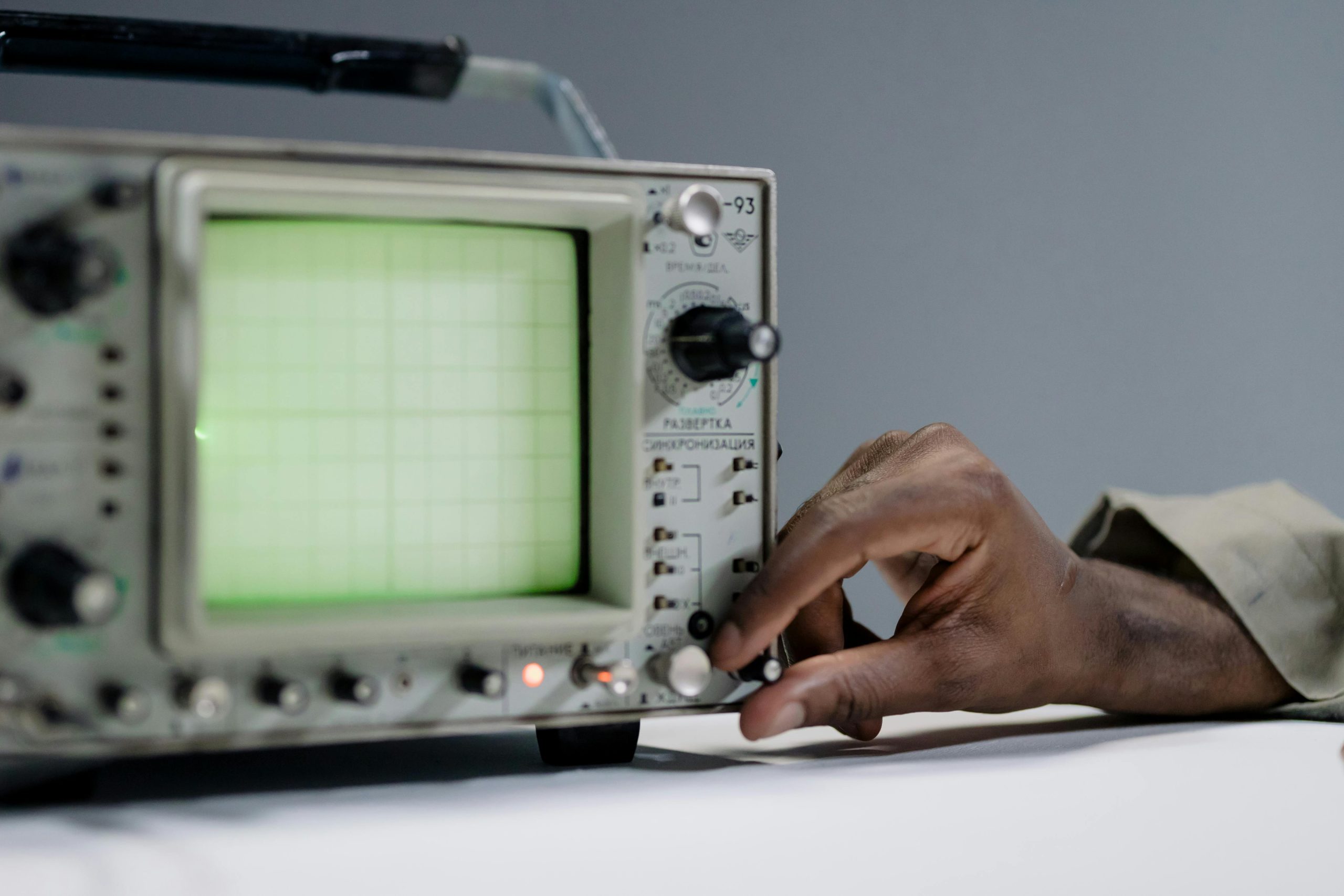Troubleshooting Monitor Input Recognition Issues When Switching Between HDMI and DisplayPort
Are you experiencing difficulties when switching your monitor’s input source between HDMI and DisplayPort? Many users encounter a common problem where their monitor fails to recognize the active input after switching, often going into sleep mode or displaying a blank screen, despite the connected device being powered on and responsive.
Understanding the Issue
In setups where a single monitor is connected to multiple sources—such as a gaming PC via DisplayPort (DP) and a work laptop through HDMI—it’s not unusual to face input recognition challenges. Typically, the monitor should seamlessly switch between sources, but sometimes it doesn’t detect the active input correctly, resulting in a black screen or sleep mode, necessitating manual intervention like turning the monitor off and back on.
Common Causes
- Input Detection Sensitivity: Some monitors have less sensitive or less reliable input detection, especially if the signal is weak or inconsistent.
- Cable or Connection Quality: Poor-quality or damaged cables can cause signal instability.
- Monitor Firmware or Settings: Outdated firmware or misconfigured settings may impede proper source detection.
- Graphics Card or Driver Issues: Display driver problems can affect the monitor’s ability to recognize input changes.
Potential Solutions and Best Practices
- Check and Use High-Quality Cables
- Ensure you’re using high-quality, certified HDMI and DisplayPort cables.
-
Replace cables if they are old or damaged to improve signal stability.
-
Update Monitor Firmware and Settings
- Refer to your monitor manufacturer’s support page for firmware updates.
-
Explore the monitor’s on-screen menu for input detection or auto-switching settings and enable them if available.
-
Configure Display Settings
-
Use your operating system’s display settings to specify preferred input sources or disable auto-switching features to prevent the monitor from attempting to switch inputs automatically.
-
Update Graphics Drivers
-
Keep your GPU drivers up to date to ensure compatibility and proper communication with connected displays.
-
Use Manual Input Switching Sparingly
- When switching sources, do so with the monitor turned fully on and give it a moment to detect the input.
-
Avoid rapid switching to reduce detection issues.
-
Experiment with Power Cycling
- If the monitor fails to recognize an input, sometimes simply turning it off and back on after confirming the device is active can resolve the issue. Automating or stream
Share this content:



